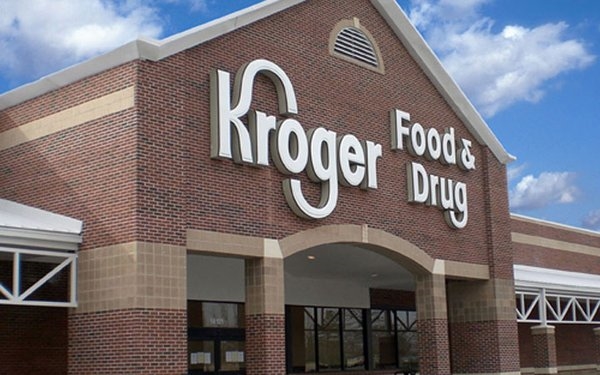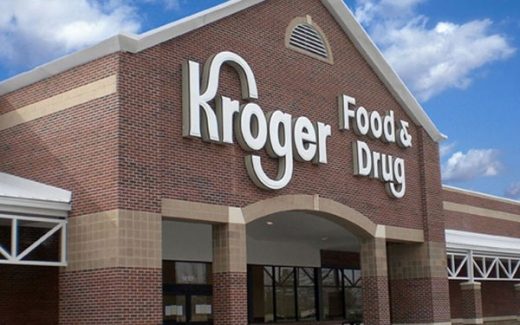Kroger Flexes Data, Analytics Muscles To Bond With CPGs
Kroger Flexes Data, Analytics Muscles To Bond With CPGs

While CPG marketers are understandably preoccupied with optimizing their advertising and sales performance on Amazon, it would be a mistake to underestimate how much they also stand to benefit from other giants’ determination to keep Amazon from taking over the world.
Walmart and Target are certainly throwing everything they’ve got at competing with Amazon in the still-small but rapidly growing grocery ecommerce sector.
But another major player seems to get less attention, despite equally aggressive and in some respects perhaps even more impressive strategic assets.
I’m referring to The Kroger Co., the largest supermarket entity and second-largest retailer in the U.S.
Kroger has nearly 2,800 U.S. food stores under the Kroger name and numerous other banners, including Harris Teeter, Ralphs, Fred Meyer and Roundy’s.
But that’s only part of the story. The company’s 84.51° unit — which was given that name in 2015, after Kroger bought out Tesco to secure full ownership of the tech assets of the Dunnhumby “customer science” data intelligence firm — has long been a key competitive weapon for the retailer.
Now, Kroger is leveraging that formidable data and analytics powerhouse further by creating an analytics solution designed to provide CPGs and Kroger’s own store brands with an omnichannel snapshot of consumer behavior.
The tool, called Stratum, captures consumer behavior and retail performance measures using data from Kroger’s brick-and-mortar stores and large digital properties. That data includes many millions of daily transactions — transactions from fully half of all U.S. households, in fact. Not surprising, then, that it can be used to draw conclusions representative of consumer behavior on a national basis.
The tool, says Kroger, will enable brands to better position themselves online and in store based on insights garnered through data on sales performance, assortments, inventory and out-of-stocks, promotions, customer segmentation, behavioral insights, new-item performance and in-store space management.
“Simply put, data is our most valuable asset,” said 84.51° CEO Stuart Aitken, going so far as to declare that Stratum “will dramatically change the way our brand partners plan and execute their marketing and merchandising budgets.”
Stratum is the latest initiative in “Restock Kroger,” the retail giant’s customer experience-focused strategic plan.
To fund that plan — and a goal of reaching $400 million in operating profit by 2020 — Kroger has been systematically expanding its “alternative” profit streams, including its shopper media advertising revenue, CPG data/insights offerings, and its personal finance unit.
Just last month, Kroger launched another major program: a self-service marketing platform to help CPGs “reach digitally savvy shoppers with ‘hyper-relevant’ products, through search results across Kroger’s digital properties, as well as view performance in real time,” as described by Supermarket News. “The service allows brands to promote their online assortment with Product Listing Ads (PLAs) via the Kroger Precision Marketing Powered by 84.51° platform.”
And in March, Kroger’s Precision Marketing arm formed a partnership with Pinterest under which advertisers can use Kroger’s first-party data to target customers on Pinterest and track engagement throughout the shopper journey, through purchase. In other words, providing the ability to tie advertising to actual transactions, via closed-loop measurement.
In addition, Kroger and private investment firm Lindsay Goldberg recently formed an incubator for “next-generation” consumer products, called PearlRock Partners. According to the companies, the new platform, which will identify, invest in and help grow emerging consumer product companies, will be one of the largest data-driven investment vehicles focused on consumer brands.
All in all, another prime example of how traditional retailers are becoming more and more sophisticated about putting their transactional data and customer relationships to work for their CPG partners, as well as themselves.
(24)


